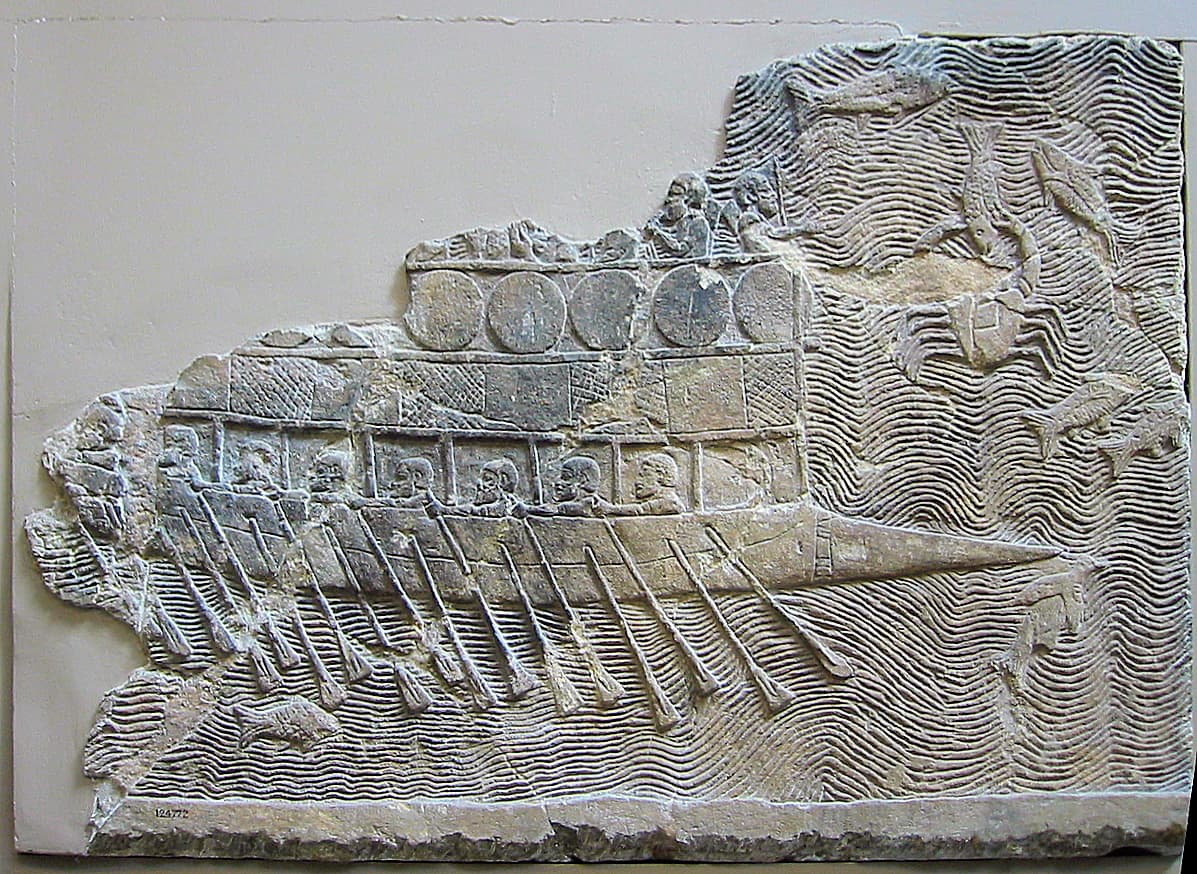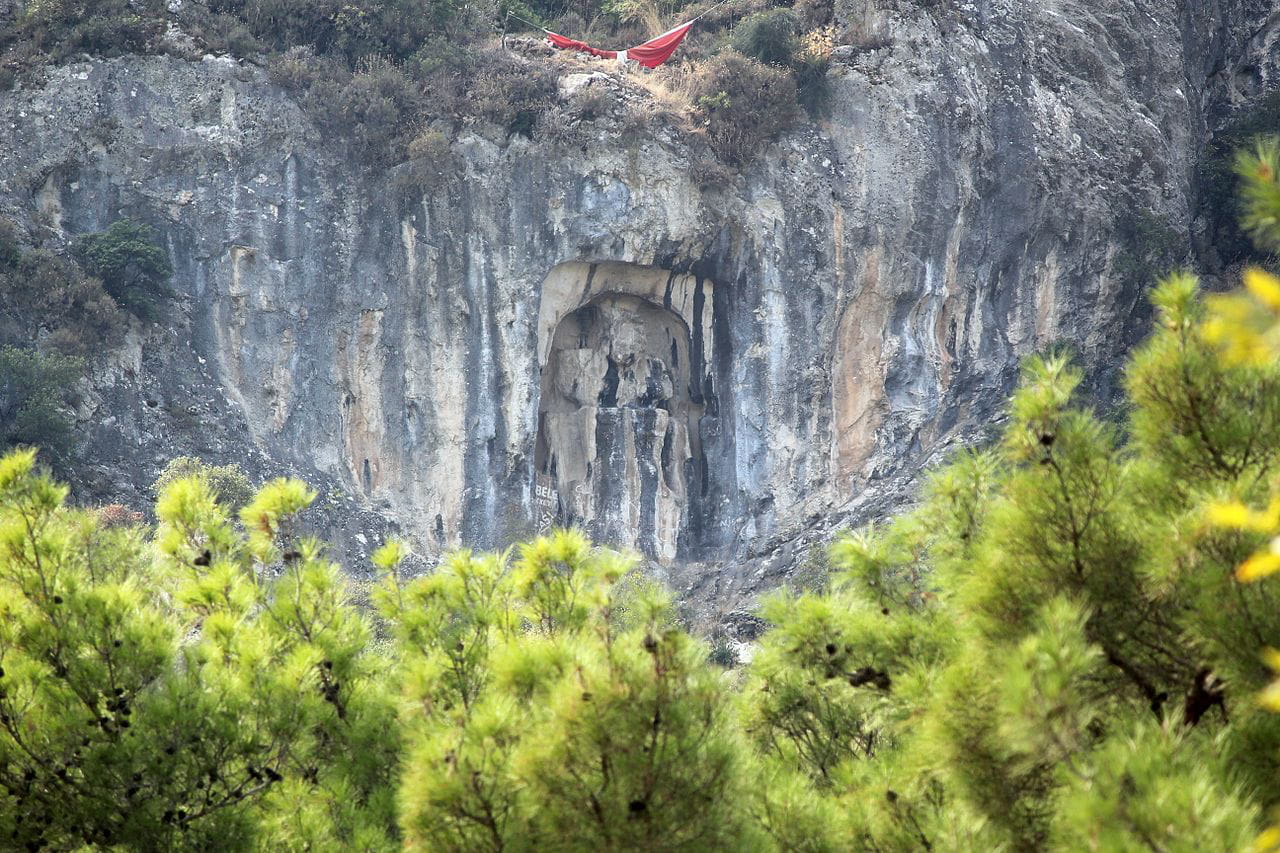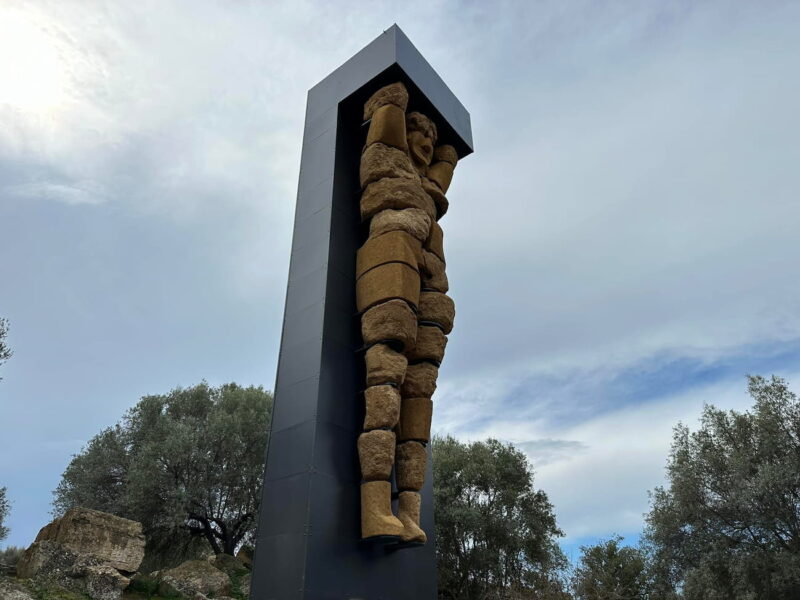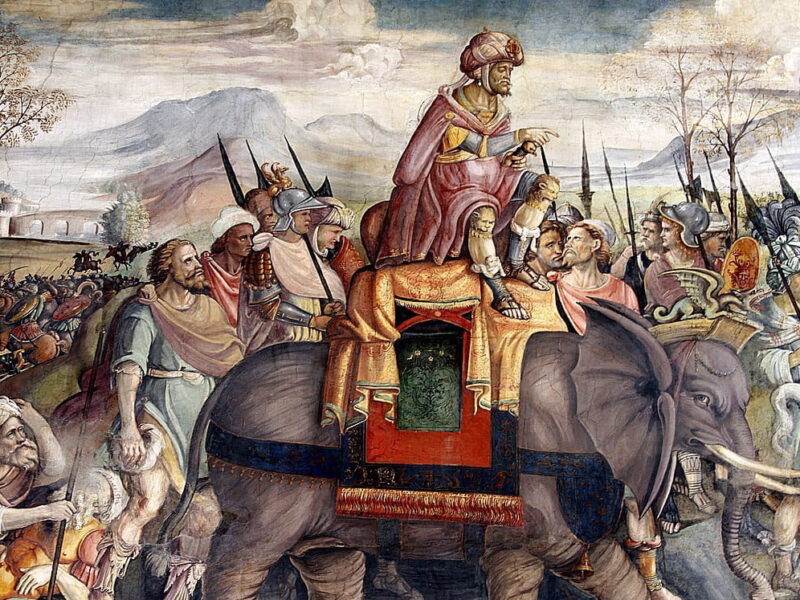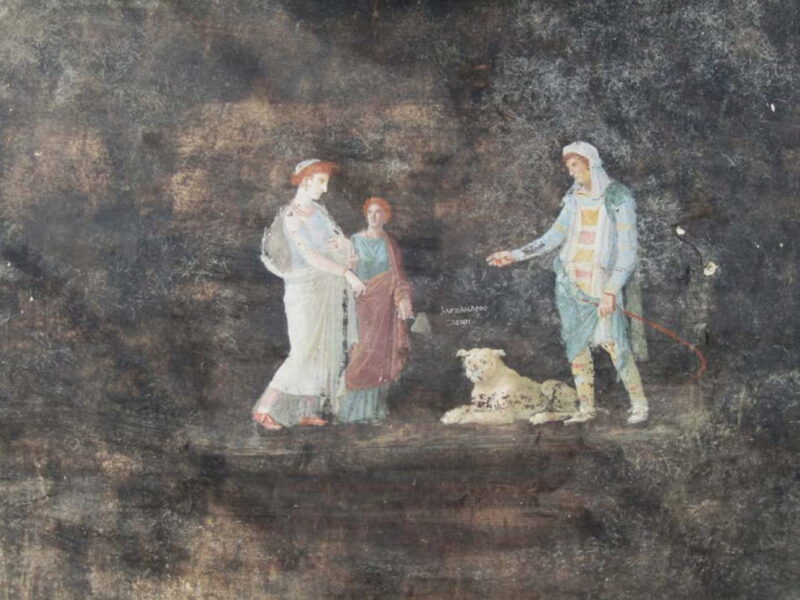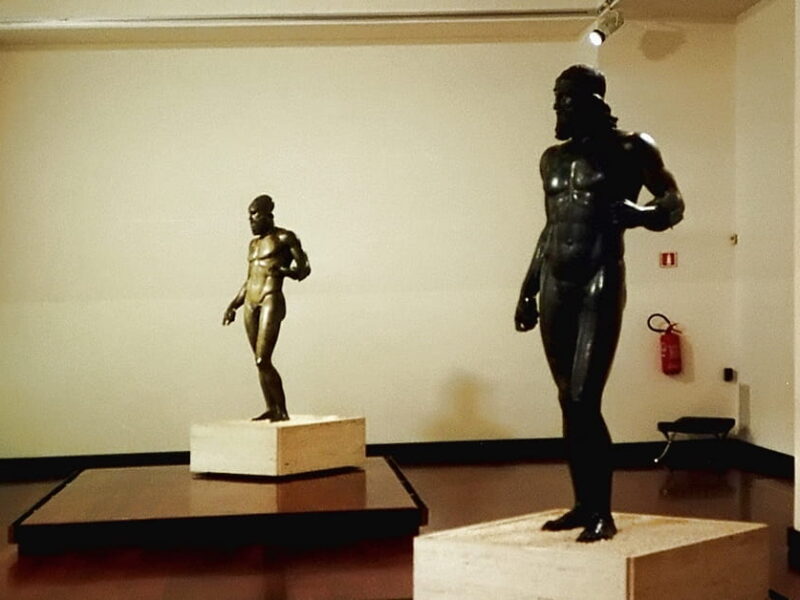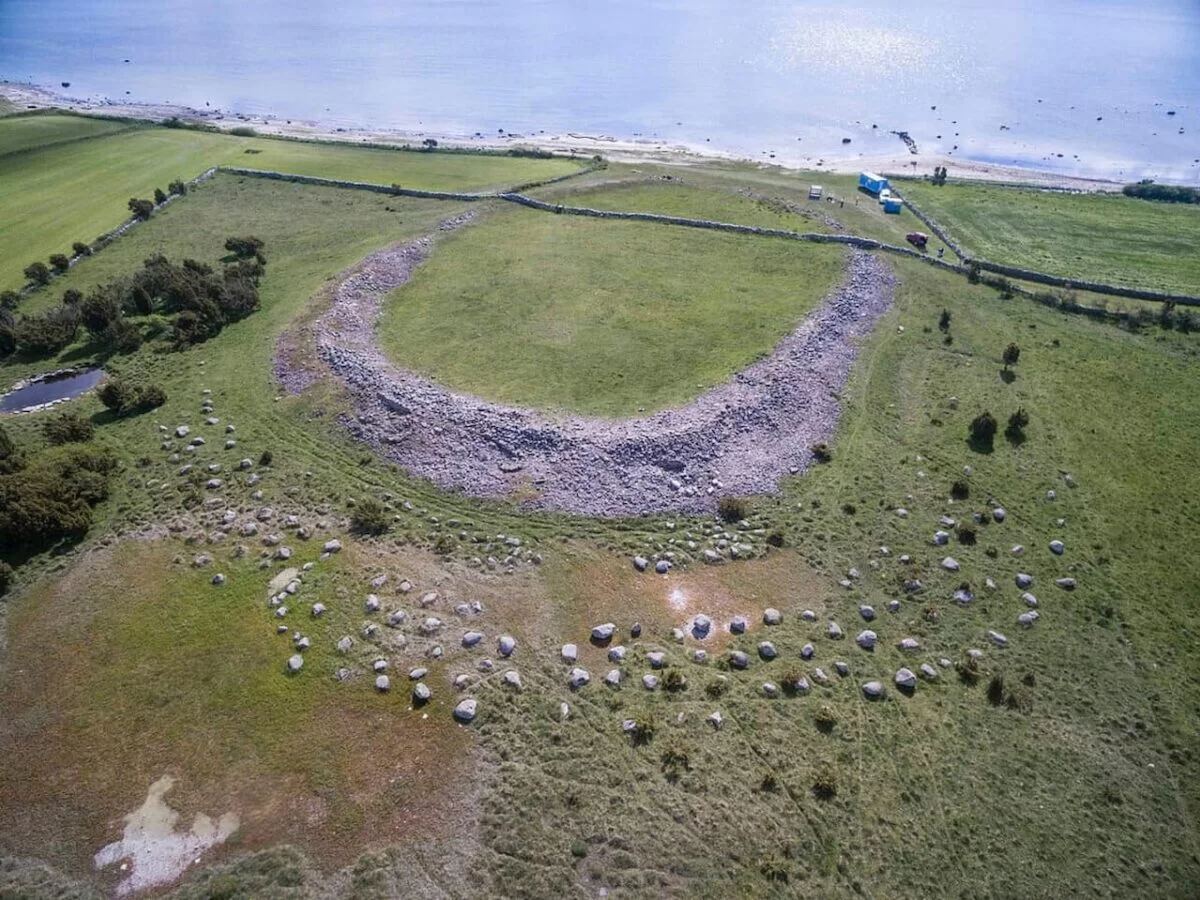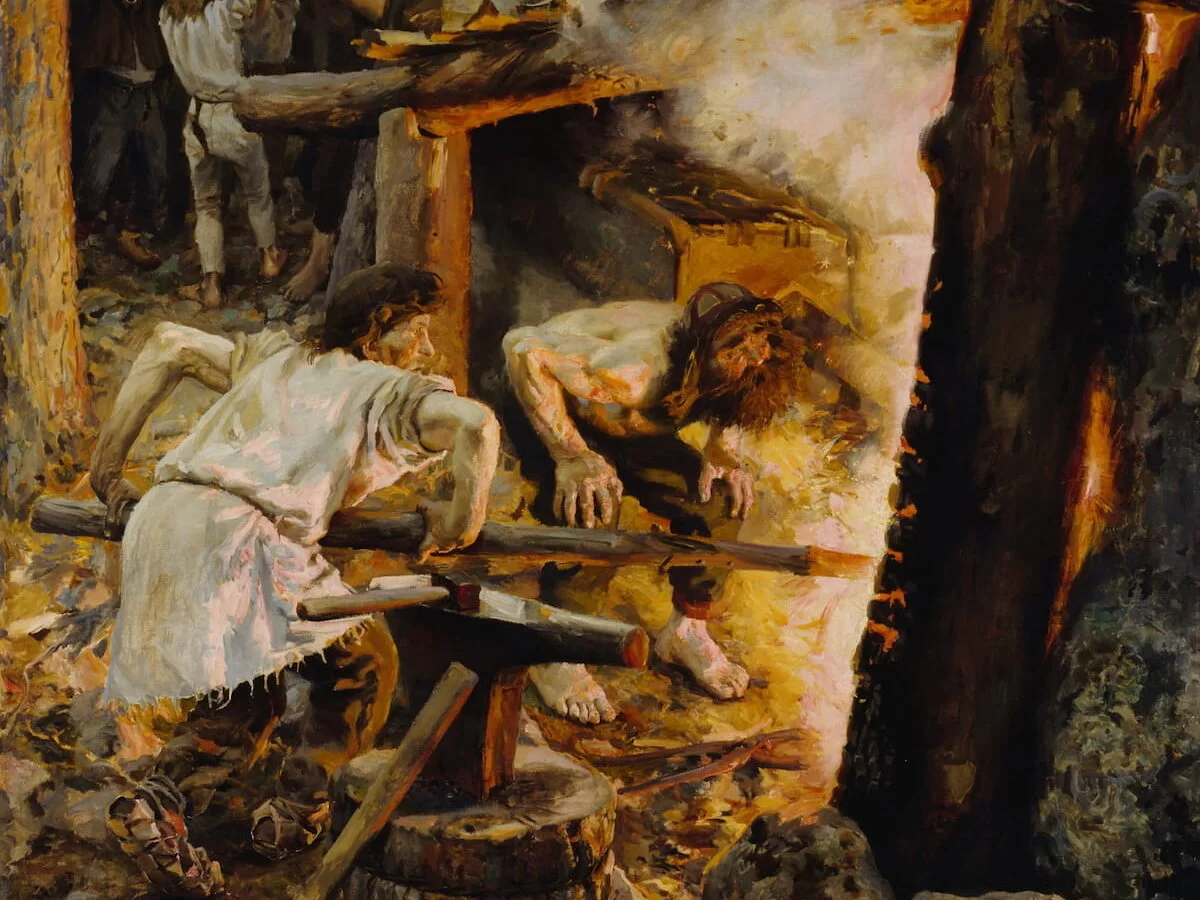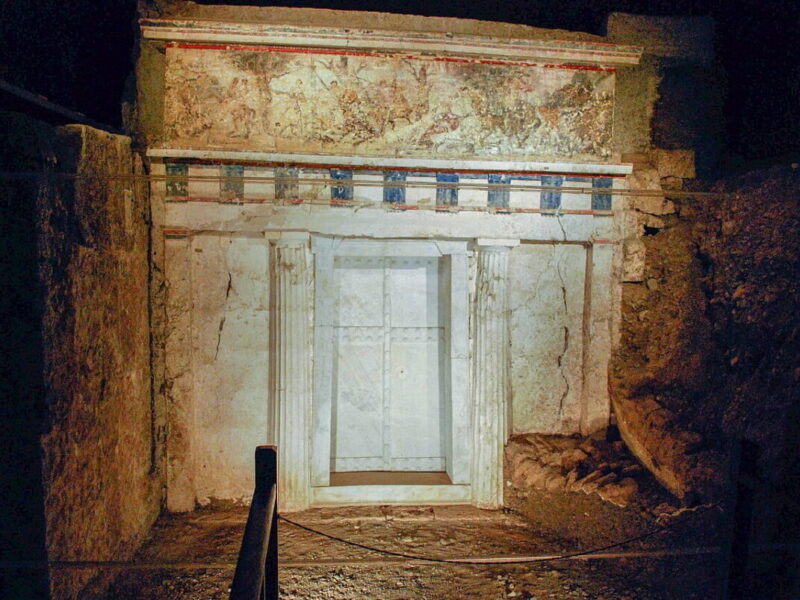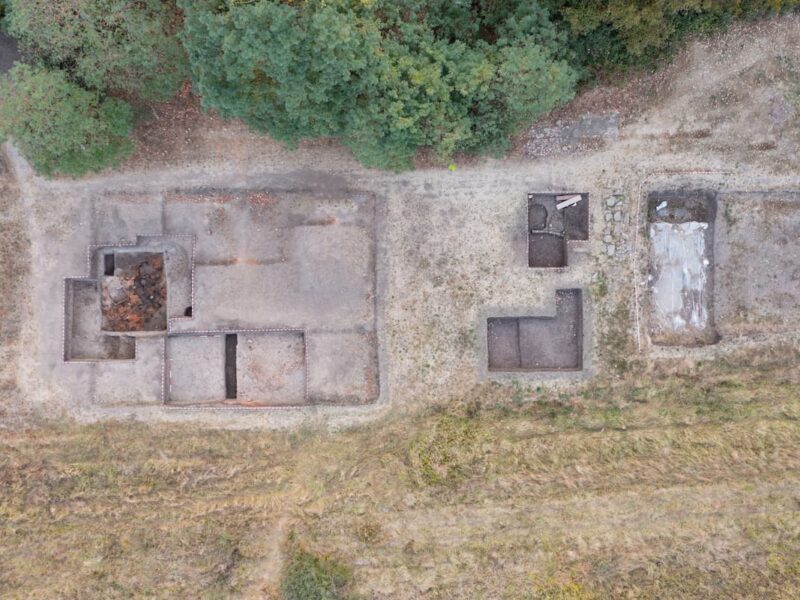Atlas was one of the Titans in Greek mythology, son of Iapetus and the Oceanid Clymene, and brother of Prometheus.
After the war against the Olympian gods, Zeus condemned him to hold up the vault of the sky (or celestial sphere) on his shoulders for all eternity.
Herodotus claimed that Atlas (also known as Atlante) was a mountain in Libya, in North Africa:
With this salt ridge is connected a mountain called Atlante, a thin, round mountain, and it is said to be so tall that its peak cannot be seen, as it is always covered in clouds, both in summer and winter. The natives say that their mountain is the pillar of the sky; they call themselves the Atlanteans, and it is said that they neither eat anything that has been alive nor dream when they sleep
Herodotus, Histories IV–184

Diodorus Siculus claimed that Atlas was a legendary king of Mauretania, a mathematician, and an astronomer who discovered the spherical nature of the stars and built the first celestial sphere. For this reason, he was deified in the mythological figure of Atlante.
Indeed, Atlas had worked more than anyone else in the science of astrology and had ingeniously discovered the spherical nature of the stars, leading to the belief that he carried the entire universe on his back (Diodorus Siculus, Historical Library IV–27,5).
Mercator would honor this legendary Libyan king by naming his book of maps Atlas, Sive Cosmographicae Meditationes De Fabrica Mundi, published in 1595 after his death, which gave its name to our modern atlases.
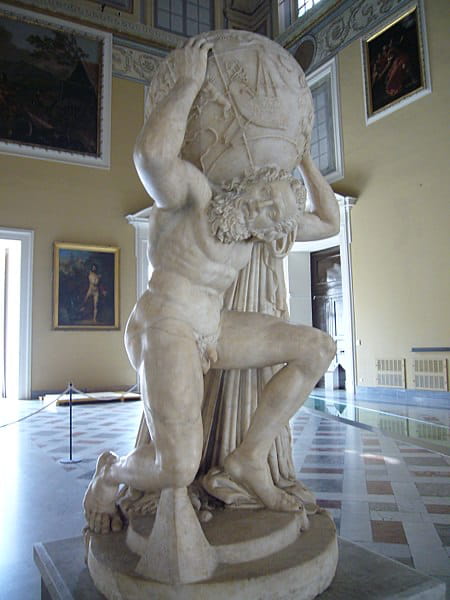
Of all the sculptural representations of the mythological Titan Atlas made during Greco-Roman times, the oldest surviving one is the Farnese Atlas. It is a Roman copy of a lost Hellenistic original, made in the 2nd century AD (around the year 150), and is now housed in the Naples Archaeological Museum.
The statue is 2.1 meters tall, and the sphere held by the Titan has a diameter of 65 centimeters. Apart from being the oldest sculpture of Atlas found to date, the work is significant because it shows the first known representation of the celestial sphere.
It depicts the night sky as seen from within the sphere, with reliefs of 41 of the 48 classical constellations listed by Ptolemy in the 1st century AD, including Aries, Cygnus, and Hercules.
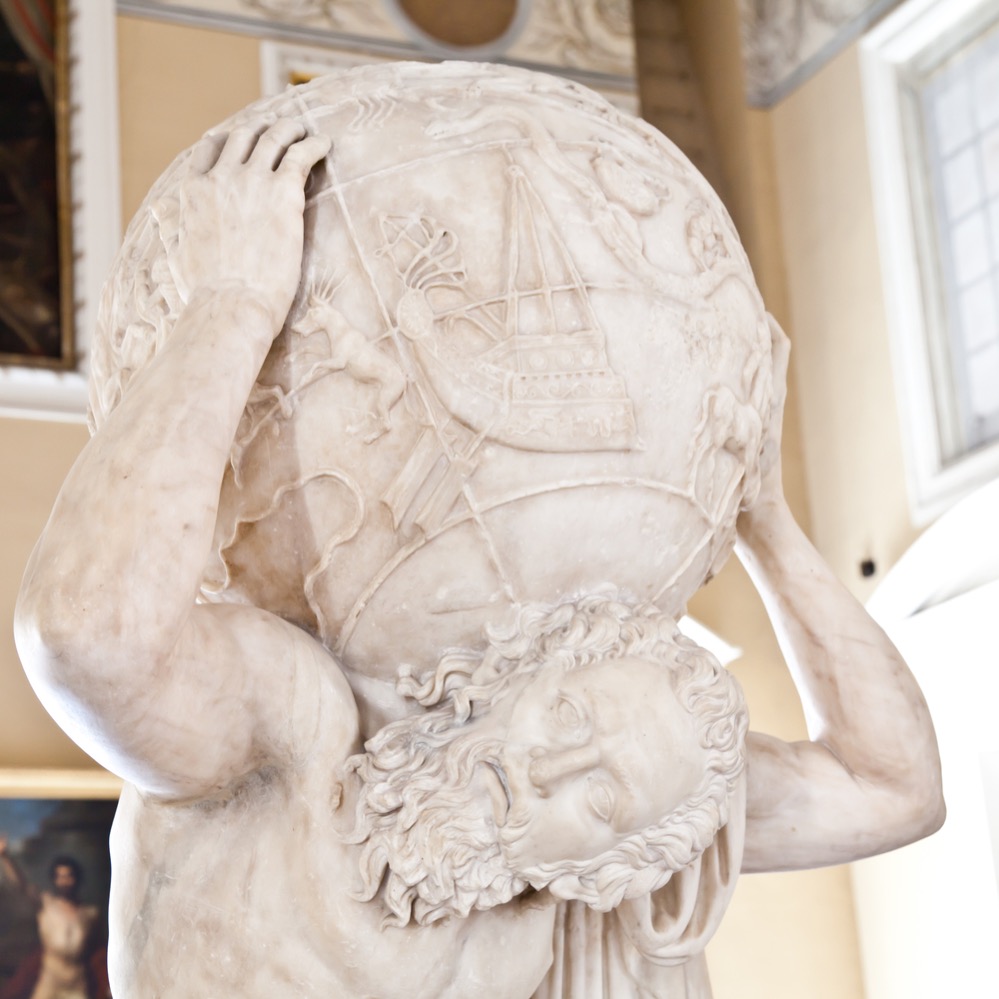
It is believed that the representation on the sphere, which the Roman sculptor copied with errors from the Greek original, is inspired by a previously written catalog. In this regard, Professor Bradley E. Schaefer from Louisiana State University suggests that the model followed is the Star Catalog compiled by Hipparchus of Nicaea in 129 BC.
Hipparchus’s catalog contained the position and ecliptic coordinates of 850 stars in 48 constellations. When comparing it with the first known Western catalog, made by Timochares of Alexandria about 150 years earlier, Hipparchus realized that the position of the stars had changed, leading him to the discovery of the precession of the equinoxes, i.e., the change in the orientation of the Earth’s rotational axis.
No copies of Hipparchus’s catalog have survived, only descriptions of it in his work Commentary, so the value of the Farnese Atlas in showing us this catalog is invaluable.
This article was first published on our Spanish Edition on October 30, 2018: El Atlas Farnesio, la primera representación conocida de la Esfera Celeste
SOURCES
Museo Archeologico Nazionale di Napoli
Bjorn Carey, Long Lost Star Catalog Found in Plain Sight
Bradley E. Schaefer, The epoch of the constellations of the Farnese Atlas and their origin in Hipparchus’s lost catalogue
Wikipedia, Atlas Farnesio
Discover more from LBV Magazine English Edition
Subscribe to get the latest posts sent to your email.


